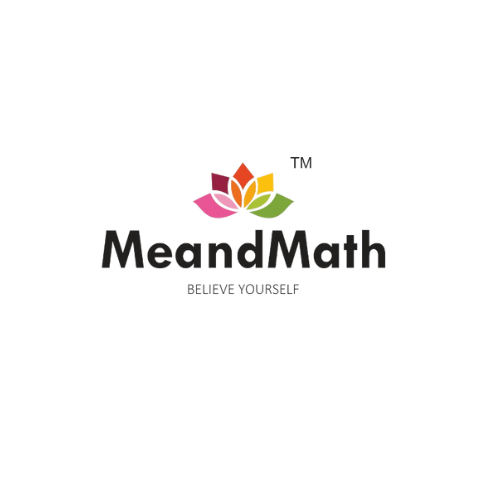
Online math learning platforms have become invaluable resources for students seeking to enhance their mathematical skills. A key feature that distinguishes effective platforms is the integration of interactive exercises. These exercises enable students to engage with the material actively, providing immediate feedback that is essential for learning. Platforms such as Khan Academy and IXL utilize interactive tools that make problem-solving dynamic, helping learners to grasp complex concepts more effectively.
Another significant aspect is personalized learning paths. Effective math learning platforms assess students’ abilities upon entry, allowing them to receive customized lesson recommendations. For instance, platforms like DreamBox adapt in real-time to a student’s performance, then adjust the difficulty according to their learning pace. This tailored approach significantly enhances the learning experience, catering to individual strengths and weaknesses.
Progress tracking is crucial for monitoring a student’s growth and comprehension over time. Sophisticated platforms offer dashboards where learners can visualize their progress through various modules. For example, platforms like Mathletics provide detailed analytics and reports that enable both students and parents to see how well concepts have been understood and what areas may need more focus.
Moreover, gamification elements introduce an engaging and motivating aspect to learning math. Features such as rewards, badges, and leaderboards can inspire competition and make learning enjoyable. Platforms like Prodigy Math take a game-based approach, encouraging students to complete math challenges while enjoying a gaming experience.
Incorporating diverse teaching methodologies ensures platforms can cater to varying learning styles. Resources should include videos, games, quizzes, and virtual manipulatives to accommodate auditory, visual, and kinesthetic learners. Additionally, responsive customer support and clear accessibility options for differently-abled students enhance the overall effectiveness of these learning platforms.
When it comes to online math learning platforms, various options cater to differing needs and learning styles. In this analysis, we will compare several leading platforms widely recognized for their effectiveness in enhancing mathematical comprehension across diverse audiences, including K-12 students, college learners, and adult educators. Each platform offers distinct features that contribute to its appeal and learning outcomes.
One prominent platform is Khan Academy, renowned for its expansive range of free courses tailored primarily for K-12 students. The platform utilizes a mastery-based learning approach, allowing learners to progress at their own pace. Additionally, user reviews commend its interactive exercises and videos, which simplify complex concepts. However, while the course offerings are diverse, it primarily focuses on foundational and mid-level mathematics, potentially limiting advanced learners.
In contrast, Coursera partners with universities to provide a variety of collegiate-level math courses. This is particularly valuable for college students seeking to deepen their knowledge or obtain formal qualifications. The pricing structure varies, often including both free and paid options contingent on certification and specialization. User feedback highlights the depth of content knowledge and credibility of instructors, making it a strong contender for dedicated learners.
For adult learners, platforms like edX and Brilliant stand out. edX offers a range of professional courses from university partners, focusing on topics applicable in real-world scenarios. In contrast, Brilliant emphasizes interactive problem-solving and critical thinking, appealing to those seeking a hands-on approach to understanding mathematics. Pricing on these platforms varies, with edX offering both free courses and paid certificate options, while Brilliant operates on a subscription basis.
Evaluating user reviews shows that success rates are generally high across these platforms, with learners reporting significant improvements in their mathematical abilities and overall confidence. Each platform presents unique advantages, which should influence the decision-making process. By exploring these options, users can identify the platform that best aligns with their academic objectives and learning preferences.